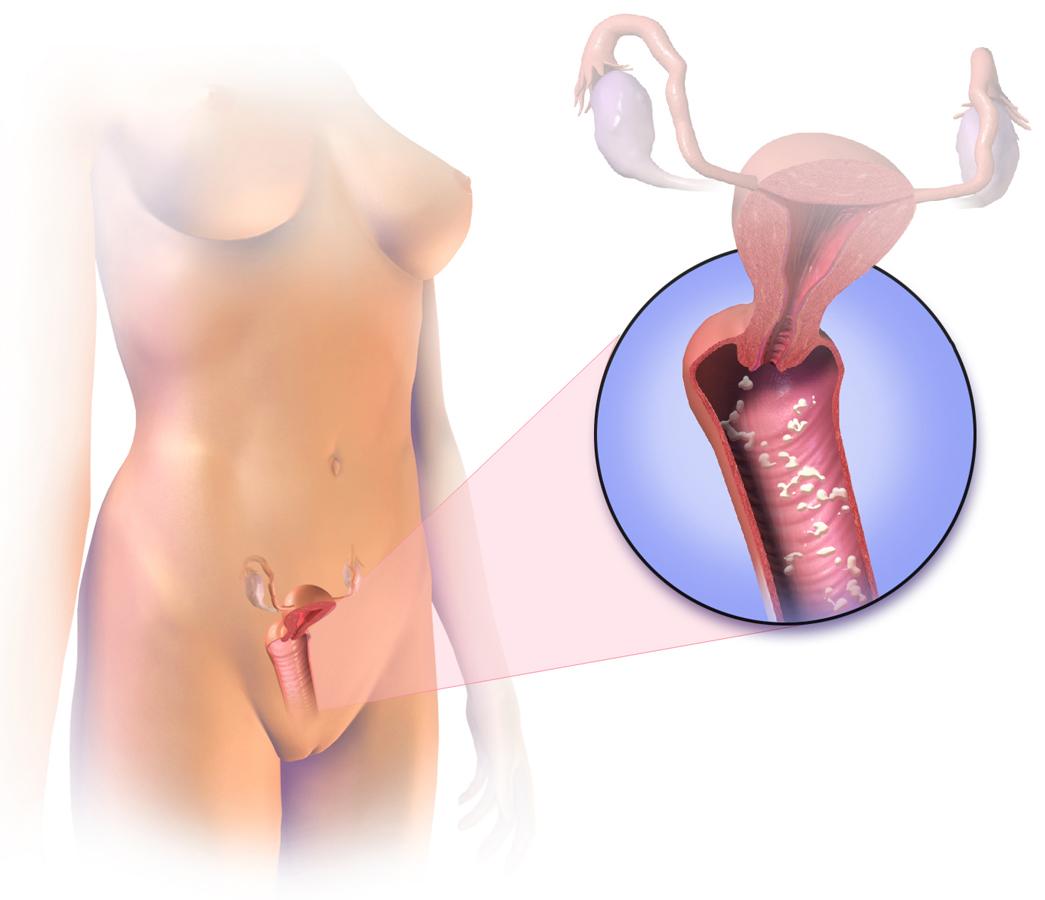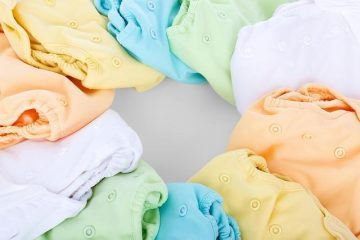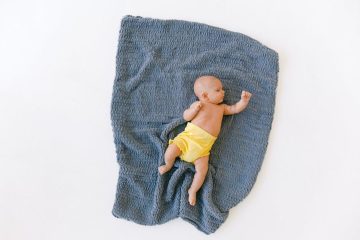Babies are bundles of joy, but they can also come with their fair share of challenges. One common issue that many parents face is diaper yeast infections in babies. While it may not be the most pleasant topic to discuss, understanding the causes, symptoms, and treatment of this condition is essential for every caregiver. In this article, we will delve into the world of diaper yeast infections in babies, providing valuable insights to help you navigate through this common yet tricky situation with ease. Let’s uncover the facts and solutions that every parent should know to keep their little one comfortable and happy.
Table of Contents
- Understanding Diaper Yeast Infection in Babies
- Spotting the Symptoms Early: How to Identify Yeast Infections in Diaper Area
- Effective Treatments for Diaper Yeast Infections in Babies
- Preventive Measures: Tips to Avoid and Minimize Diaper Yeast Infections
- Q&A
- Key Takeaways
Understanding Diaper Yeast Infection in Babies
Causes of Diaper Yeast Infections:
Diaper yeast infections in babies can be caused by a variety of factors, including:
- Warm and moist environment created by wet diapers
- Use of antibiotics that can disrupt the baby’s natural flora
- Prolonged exposure to urine and feces
- Weakened immune system
Preventing Diaper Yeast Infections:
Prevention is key when it comes to diaper yeast infections. Here are some tips to help keep your baby comfortable and infection-free:
- Change diapers frequently to avoid prolonged exposure to moisture
- Use breathable diaper materials to reduce humidity
- Avoid using harsh soaps or wipes that can irritate the baby’s skin
- Ensure proper hygiene practices during diaper changes


Spotting the Symptoms Early: How to Identify Yeast Infections in Diaper Area
In babies, identifying diaper area yeast infections early is crucial for effective treatment. Knowing the symptoms can help parents take prompt action to alleviate discomfort and prevent further complications. Here are some common signs to watch out for:
- Redness and inflammation: The skin in the diaper area may appear red, inflamed, and irritated, often extending beyond the diaper region.
- Yeast rash: A yeast infection rash is distinct, typically characterized by red bumps, small pustules, or scales along the edges of the affected area.
- Increased fussiness: Babies with yeast infections may exhibit increased fussiness or discomfort during diaper changes due to the irritation.
Moreover, if you notice a persistent rash that does not improve with regular diaper rash treatments, it might be a yeast infection. Keeping the diaper area clean and dry, using antifungal creams, and allowing some diaper-free time can aid in managing and preventing yeast infections in infants.
| Symptom | Description |
| Redness and inflammation | Red, irritated skin beyond the diaper area |
| Yeast rash | Distinct rash with red bumps or pustules |
| Increased fussiness | More irritability during diaper changes |


Effective Treatments for Diaper Yeast Infections in Babies
Yeast infections in babies can be uncomfortable and distressing for both the little one and the parents. Fortunately, there are effective treatments available to address this common issue. One popular treatment is **antifungal creams**, such as clotrimazole or miconazole. These creams can help eliminate the yeast causing the infection and soothe the irritated skin. It’s important to apply the cream as directed by your pediatrician to ensure the best results.
Another method to combat diaper yeast infections is to increase diaper-free time. Allowing your baby’s skin to breathe and air out can help in healing the infection faster. Additionally, using probiotics can also be beneficial in restoring the natural balance of good bacteria on the skin. Make sure to consult with your child’s doctor before introducing any new treatments to ensure they are safe and appropriate for your baby’s specific situation.
| Treatment | Effectiveness |
|---|---|
| Antifungal Creams | Eliminates yeast and soothes skin |


Preventive Measures: Tips to Avoid and Minimize Diaper Yeast Infections
Maintaining proper hygiene is crucial in preventing and reducing the risk of diaper yeast infections in babies. **Regularly changing diapers** is a fundamental step in keeping the diaper area clean and dry. Additionally, **using a gentle cleanser** and **patting the skin dry** rather than rubbing can help avoid irritation and moisture buildup, creating a less favorable environment for yeast growth.
Ensuring proper ventilation by avoiding tight-fitting diapers and opting for breathable materials can aid in reducing the chances of a yeast infection. Using a diaper cream with zinc oxide can act as a protective barrier and help soothe any existing irritation. By following these tips and adopting a proactive approach to diaper hygiene, caregivers can effectively minimize the occurrence of yeast infections, promoting the comfort and well-being of their little ones.
Q&A
Q&A: Diaper Yeast Infection in Babies
1. What is a diaper yeast infection in babies?
A diaper yeast infection in babies, also known as diaper thrush or diaper candidiasis, is a common fungal infection that occurs in the diaper area. It is caused by an overgrowth of yeast, particularly Candida albicans, due to factors like moisture, heat, and prolonged exposure to wet diapers.
2. What are the symptoms of a diaper yeast infection?
Symptoms of a diaper yeast infection in babies may include redness, inflammation, and a raised rash with distinct borders. The rash might also have small red bumps, be accompanied by satellite lesions (smaller rashes around the main rash), and can be stubborn to regular diaper rash treatments.
3. How is a diaper yeast infection diagnosed?
Diagnosing a diaper yeast infection often involves a visual examination by a healthcare provider. In some cases, a fungal culture may be taken to confirm the presence of yeast. It’s essential to seek medical advice for a proper diagnosis and treatment plan.
4. What are the common treatments for diaper yeast infections?
Treatment for diaper yeast infections usually involves antifungal creams or ointments prescribed by a healthcare provider. Keeping the diaper area clean and dry, frequent diaper changes, and using breathable fabrics can also help in managing and preventing yeast infections.
5. How can diaper yeast infections be prevented?
Preventing diaper yeast infections involves keeping the diaper area clean and dry, changing diapers frequently, using gentle cleansers, and allowing the skin to air out regularly. Avoiding tight-fitting diapers and using barrier creams can also help prevent yeast overgrowth.
6. When should parents seek medical help for their baby’s diaper rash?
Parents should seek medical help if the diaper rash persists, worsens despite home treatments, is accompanied by fever, or shows signs of infection like oozing, swelling, or tenderness. Consulting a healthcare provider is crucial for proper diagnosis and treatment.
Key Takeaways
In conclusion, dealing with a diaper yeast infection in babies can be challenging, but with the right knowledge and care, you can help your little one feel comfortable and heal quickly. By following proper hygiene practices, using gentle treatments, and seeking advice from healthcare providers when needed, you can navigate this common issue with confidence. Remember, your baby’s well-being is always a top priority, and by staying informed and proactive, you can ensure that they stay happy and healthy. Wishing you and your little one all the best on this journey of parenting and nurturing a thriving, joyful baby.




0 Comments